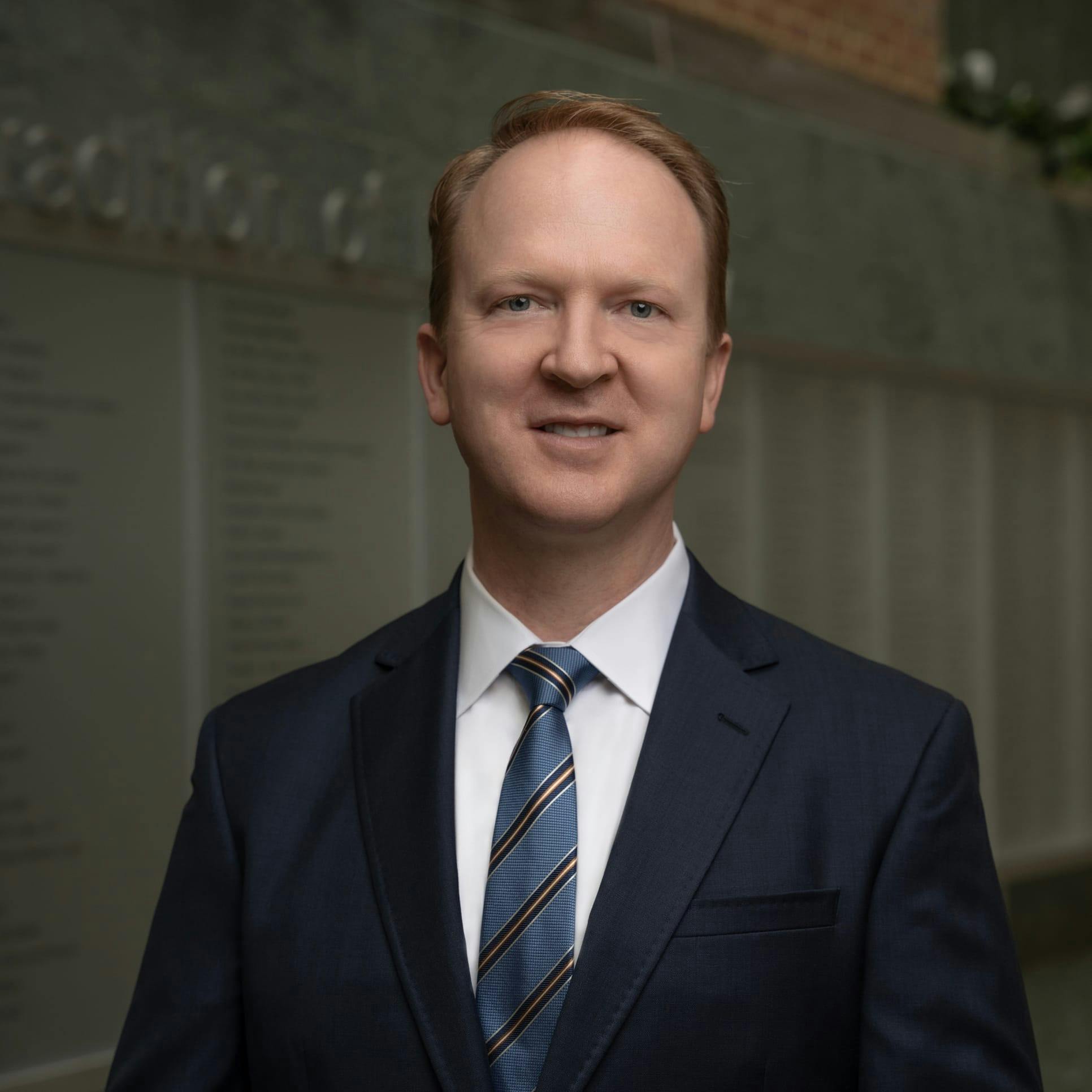Posterior Spinal fusion is a surgical procedure used to stabilize and fuse two or more vertebrae in the spine. It is commonly used to address degenerative disc disease or spinal instability.
Posterior Spinal Fusion in Arlington, VA


About Posterolateral Fusion
This surgical procedure for stabilizing the spine involves placing hardware and bone grafts to promote fusion between two or more vertebrae. For those considering posterior spinal fusion, seeking expert care at Virginia Neurosurgeons can ensure a comprehensive and effective approach to address conditions that can be relieved by enhancing spinal stability. This procedure may be appropriate in cases involving:
- Degenerative disc disease.
- Recurrent disc herniation.
- Spondylolisthesis.
- Spinal stenosis.
- Scoliosis and spinal deformity.

Why Choose Virginia Neurosurgeons for Posterior Spinal Fusion Surgery?
Virginia Neurosurgeons stands as a leading institution in the field of neurosurgery, established in Arlington in 2001. As the largest independent neurosurgical group in Northern Virginia, we deliver academic-level care within a community setting. Having served over 30,000 patients from the U.S. and abroad, our surgeons, all board-certified by the American Board of Neurological Surgeons, have undergone extensive training at prestigious institutions. Committing to an evidence-based, comprehensive approach, we prioritize ethical, honest, and compassionate care to improve patients' mobility and quality of life. Our expertise spans spinal and cranial surgeries, addressing each patient's specific case with a focus on meaningful clinical benefits.
Benefits of Posterior Spinal Fusion
Posterior spinal fusion surgery offers several benefits for patients dealing with several spinal issues. This procedure can relieve various symptoms by stabilizing the spine and promoting fusion between vertebrae. Benefits include:
Improved Stability:
Posterolateral fusion enhances the spine's stability, reducing the risk of abnormal movement between vertebrae.
Pain Reduction:
The procedure aims to alleviate pain associated with spinal instability, nerve compression, or degenerative conditions.
Enhanced Functionality:
Stabilizing the spine can improve overall functionality and mobility.
Prevention of Further Damage:
By promoting fusion, posterolateral fusion helps prevent further damage to the affected spinal segments.

Posterior Spinal Fusion at Virginia Neurosurgeons
In posterior spinal fusion surgery, a combination of bone graft and instrumentation is employed to encourage fusion and enhance stability in the specified spine area. The particular condition determines the selection of fusion techniques under consideration and the surgeon's evaluation of the patient's anatomy and requirements after comprehensive physical examinations and advanced imaging techniques as part of the diagnosis step. In certain cases, minimally invasive techniques can be used. The procedure itself involves the following general steps:
Diagnosis and Evaluation:
A thorough assessment of medical history, symptoms, and diagnostic imaging, such as MRI or CT scans, is conducted to get a clear picture of the extent of cervical spinal stenosis.
Preoperative Preparation:
Patients undergo preoperative evaluations, including blood tests and other necessary assessments, to ensure optimal health for the surgical procedure.
Anesthesia Administration:
Before the surgery, general anesthesia is administered to ensure the patient is asleep and pain-free during the procedure.
Incision and Exposure:
The surgeon makes an incision in the back to access the spine.
Bone Graft Preparation:
Small pieces of bone graft, often taken from the patient's pelvic or spinal bones or a donor, are prepared for fusion.
Instrumentation:
Metal implants like screws and rods are used to stabilize the spine during the fusion process.
Decompression (if needed):
If there's compression on nerves, the surgeon may perform decompression to relieve pressure.
Fusion:
The bone graft is placed between the vertebrae targeted for fusion, encouraging the growth of new bone. Sometimes, the surgeon removes the disc and replaces it with a bone graft or metallic cages to enhance fusion.
Closure and Recovery:
The incision is closed and dressed. Patients are monitored in the recovery room before being transferred to a regular room for postoperative care.

Recovery after Surgery
After posterior spinal fusion surgery, patients can expect a period of recovery and rehabilitation, during which the spine gradually heals and stabilizes. State-of-the-art surgical techniques employed in the procedure contribute to a smoother recovery process. Following surgery, patients may undergo physical therapy, adopt specific movement restrictions, and gradually return to daily activities under the careful guidance of our team to ensure the best possible outcome and minimize discomfort. You will receive personalized and attentive postoperative and recovery care to promote a speedy return to a pain-free, more active lifestyle. Long-term monitoring may be recommended to promote ongoing spinal health.
Have Questions about Posterior Spinal Fusion? Virginia Neurosurgeons in Arlington is Happy to Help
If you're considering posterior spinal fusion as a potential solution for your spinal condition, our experienced surgeons at Virginia Neurosurgeons are here to help. Please schedule a consultation with us, and a specialist on our team will discuss your case, answer any questions, and provide the guidance you need to make informed decisions about your health. Your well-being is our top priority, and we're committed to ensuring you receive the best care possible. Don't hesitate to take the first step towards a healthier spine—book your consultation today.
